It happens to the best of us. Even if you’re completely committed to a hydrating face care routine, sometimes dry legs can catch you off guard.
In fact, one of the most common places dryness shows up is on the legs — announcing itself with flaking, itching, and rough patches. The first step to combatting dry, itchy skin on legs whatever the season? Consistent hydration.
But if you’re already a body-lotion loyalist, you might want to take a look at what other parts of your daily routine could be counteracting your hard work.
Let’s uncover why your legs might be drier than usual and what you can do about it.
Table of Contents
1. You’re washing with water that’s too hot
As tempting as a hot shower or bath might be, washing in water too high in temperature can make your skin dry and itchy. Hot water can strip the skin of its natural oils and cause irritation.
What you can do: Try your best to take brief, warm showers. Once you’re done, gently pat your legs and the rest of your body dry with the towel — this is kinder to your skin than rubbing.
2. You’re using products that irritate your skin
If your skin tends to be dry or sensitive at times, using certain body washes can make things worse. Some cleansing products can be harsh on the skin, disturbing its natural pH balance, and drying it out.
Why is the pH of your skin important? Its natural level is mildly acidic, usually between 4-5.5. This acidic pH influences your skin’s natural barrier function, along with the production of lipids (natural oils in the skin). Using cleansers that don’t complement your skin’s natural pH can strip the skin of its protective oils – sometimes resulting in dryness and irritation.
To see if your shower gel or body wash is the culprit, switch it up and look for a gentle product that will respect your skin’s natural pH. Look for pH-balanced or for sensitive skin on the label.
3. You aren’t applying the right moisturizer
With so many different textures, consistencies, and formulations to choose from, finding a body lotion that works well with your skin can be a journey. If you’re experiencing dry skin on your legs, reach for a targeted body moisturizer specifically formulated for dry or very dry skin.
What ingredients to look for on the label? First up — urea. This hydrator helps the skin retain water and promotes optimal moisture levels. Emollients also work to restore your natural moisture barrier. Dimethicone and avocado oil are both popular emollients that you’ll find inside hard-working body lotions.
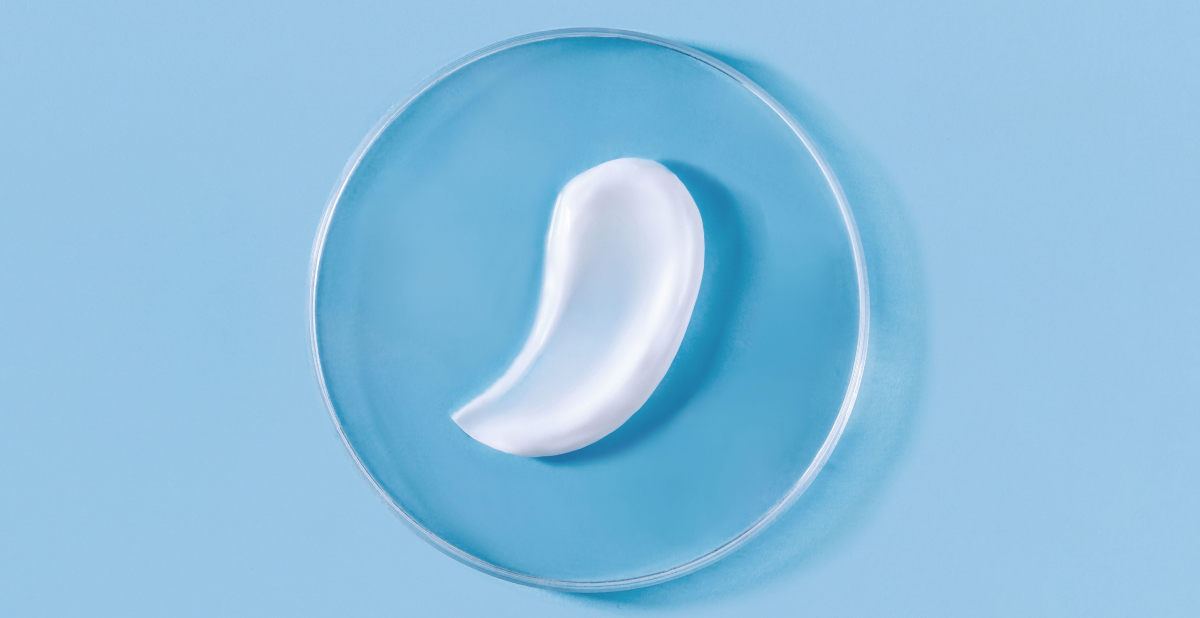
What you can do: After your bath or shower, pat your skin dry and then apply a good moisturizer for dry skin over your whole body. Choose a fast-absorbing lotion to avoid a greasy or sticky feeling after you’ve gotten dressed, and moisturize once a day to keep your skin hydrated.
4. Your shaving technique could use an update
If you shave your legs, it could be one reason behind the discomfort. You could be shaving too frequently, the wrong way, or too quickly – leading to razor burn, AKA itchy, red, inflamed skin.
Here are some simple tips to help you avoid irritation:
- Use a shaving foam or gel to help ready the skin
- Try not to dry shave or shave in cold water – lukewarm or warm is better
- Don’t shave against the natural direction your hair grows
- Keep rinsing your blade as you shave
- Replace your razor blade frequently
- After shaving, hydrate your skin with your body lotion of choice
5. You aren’t drinking enough water
The top layer of your skin is made up of around 30% water — contributing to its plumpness, elasticity, and resilience. If you’re not drinking enough water, then your skin might lack hydration too.

What you can do: After your bath or shower, pat your skin dry and then apply a good moisturizer for dry skin over your whole body. Choose a fast-absorbing lotion to avoid a greasy or sticky feeling after you’ve gotten dressed, and moisturize once a day to keep your skin hydrated.
6. You haven’t checked in with your dermatologist
Certain medical conditions can be a cause of dry skin. If your dry skin isn’t just a phase (lasting for several weeks or more) despite taking good care of it, it’s a good idea to visit your dermatologist. They’ll help determine if there’s an underlying cause for the dry, itchy skin on your legs (or anywhere else). They can also offer a personalized plan to combat dryness and inflammation.
7. You’re aging
As your skin ages, it gets drier more easily — becoming thinner and more fragile. The skin’s natural barrier function also weakens as the years go by — which can result in dryness, flaking, and irritation in some cases.
Remember how we said the water in your skin helps to keep it smooth and plump? Overwashing and using harsh products can diminish hydration, compounded by the fact that your skin’s water content reduces as you get older.
What you can do: Embrace it! Healthy skin is beautiful skin, no matter your years. Care for your skin from head to toe with a daily routine that suits your needs and keep track of any major changes in appearance and texture to inform your dermatologist.
Sources and references:
Surber, C., Abels, C., Maibach, H. (eds): pH of the Skin: Issues and Challenges. In Current Problems in Dermatology. Basel, Karger, 2018, vol 54, pp 1-10.
Popkin, B., D’Anci, K., Rosenberg, I. Water, Hydration and Health. In Nutrition Reviews (2010), Volume 68, Issue 8, Pages 439–458.
https://www.nursingtimes.net/clinical-archive/maintaining-skin-health-in-older-people-29-11-2012/
https://www.nap.edu/webcast/webcast_detail.php?webcast_id=261
Behind the blog:
Article written and reviewed by:
Our namesake embodies the spirit of embracing life and all its wonder. As wellness journalists, we explore topics that invigorate the senses and keep curiosity alive. We believe that glowing skin is the result of a healthy body and mind. Weaving beauty with science, we aim to inspire you to live young at every age.

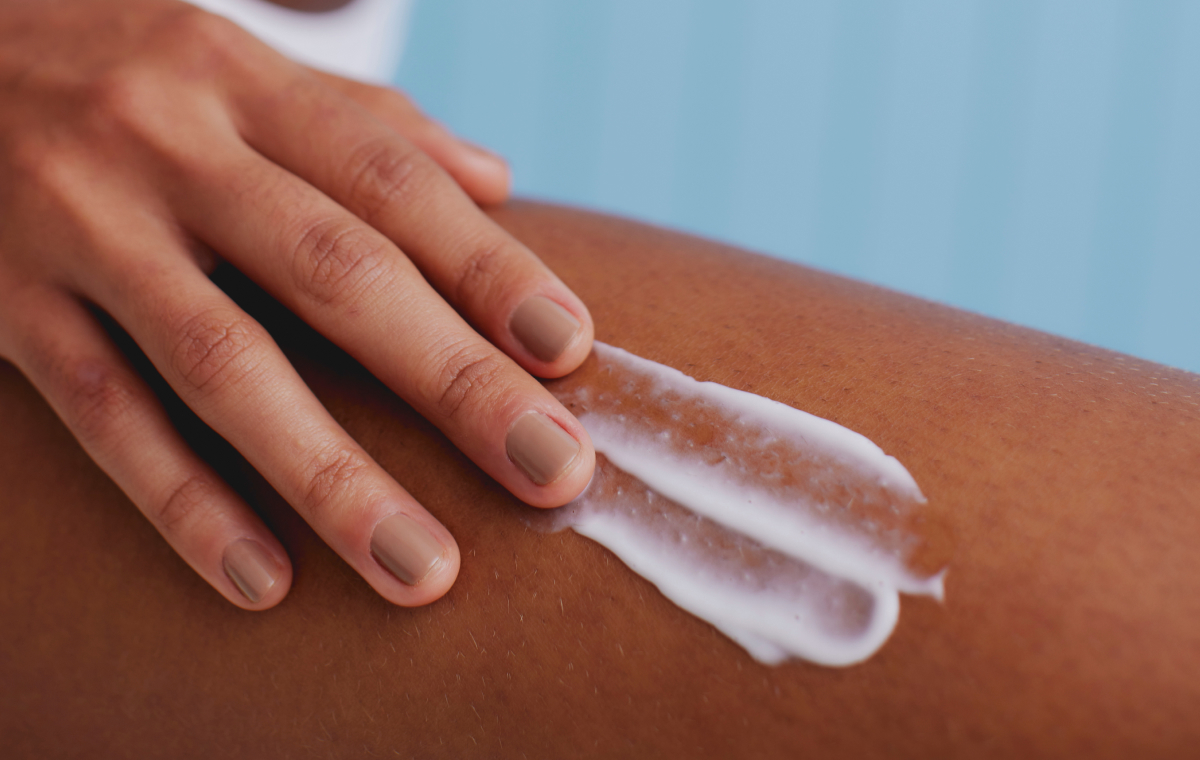


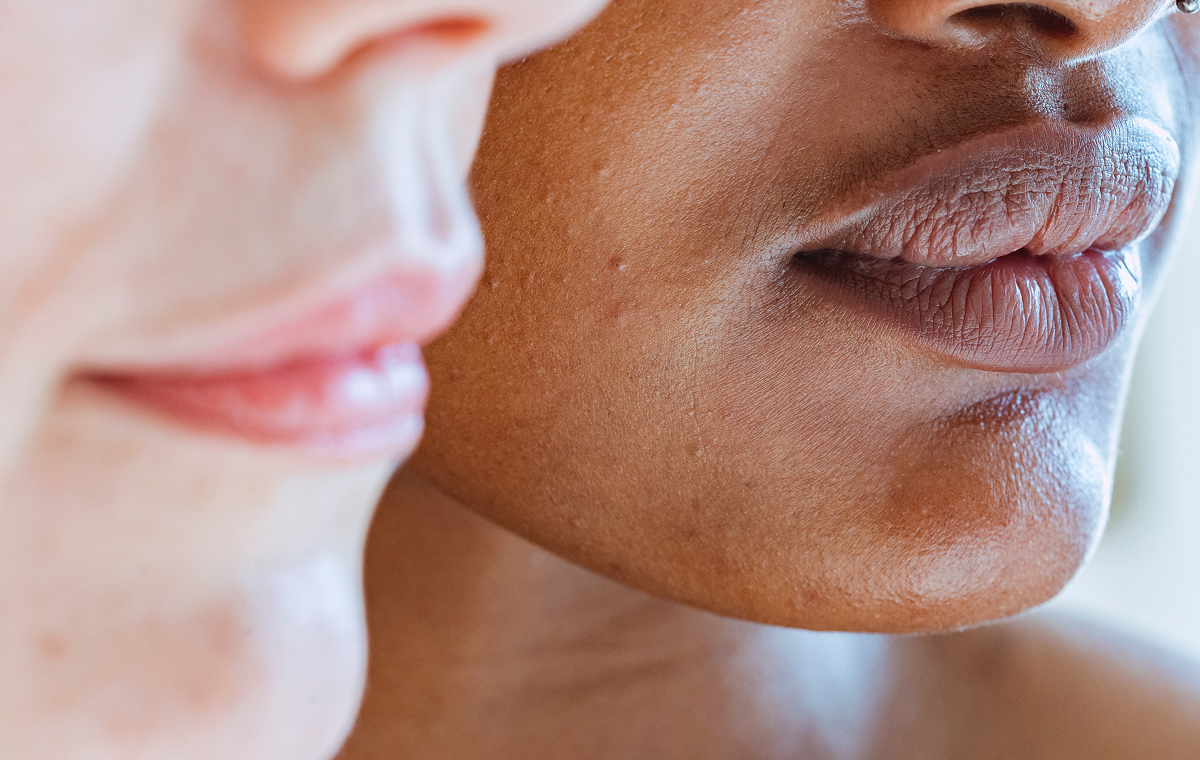
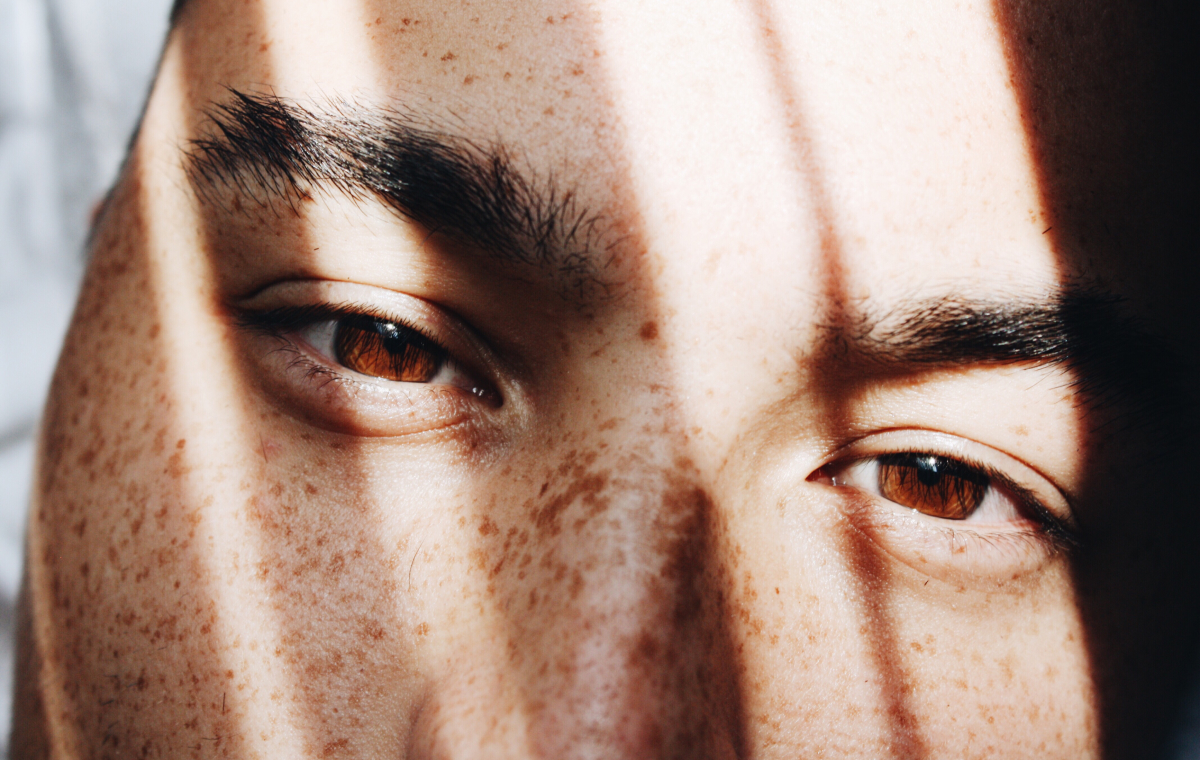

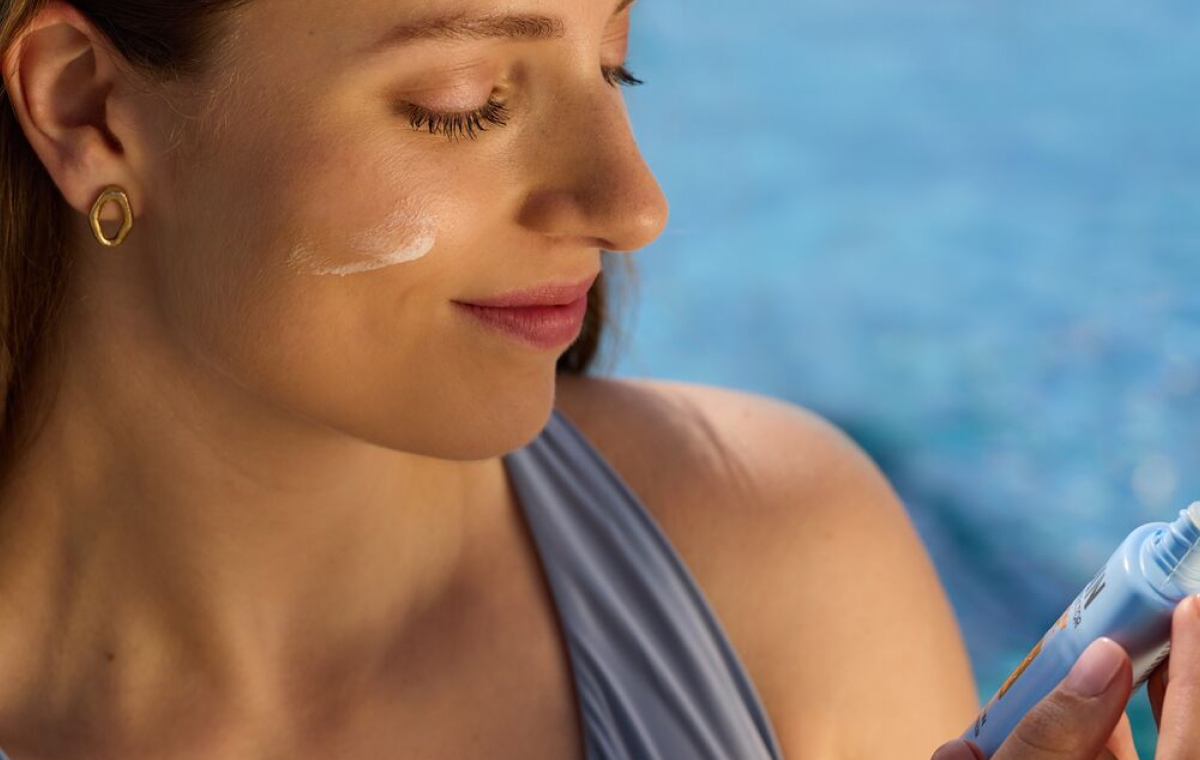
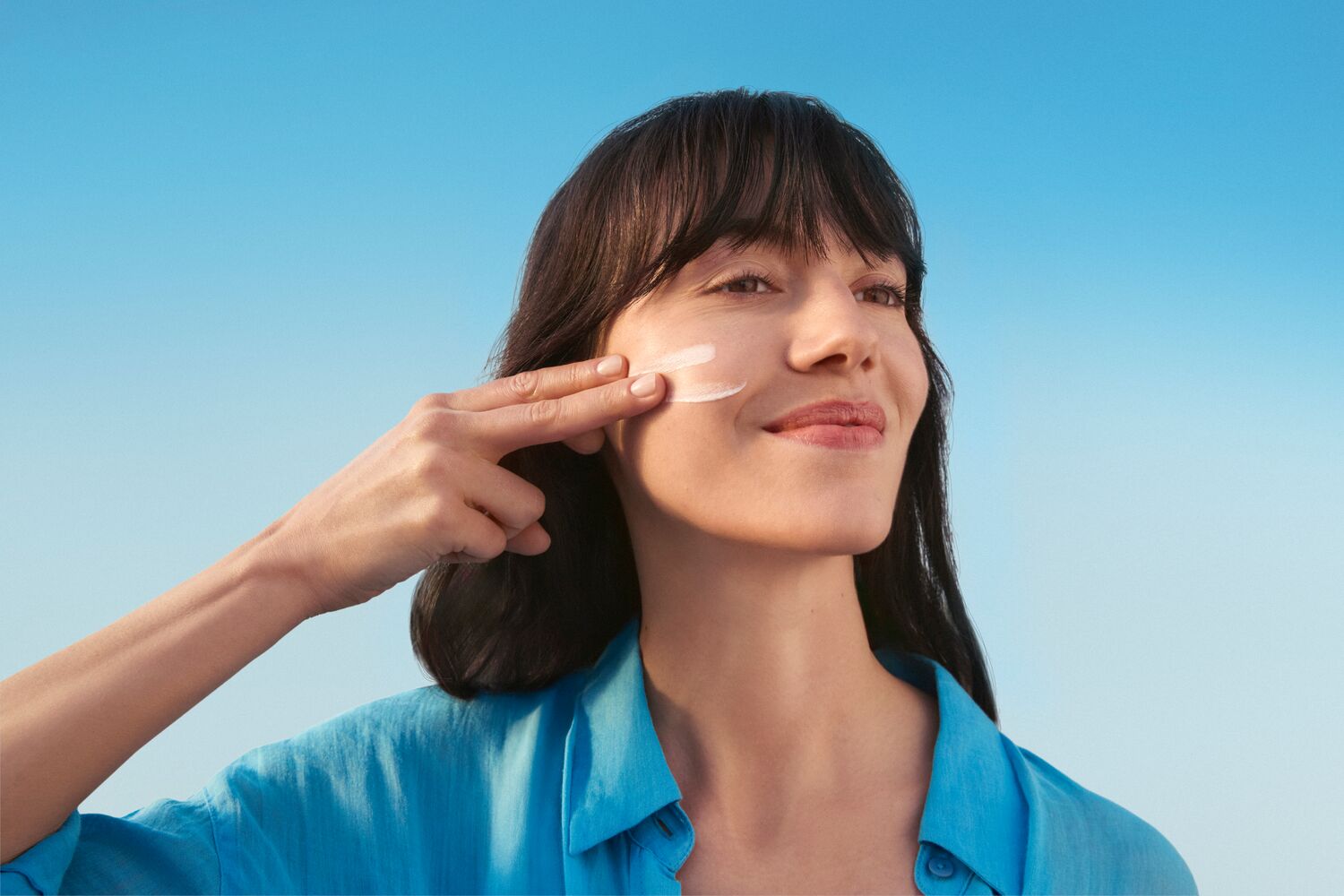



I agree with all you said. Consulting experts is crucial to understanding our skin needs.